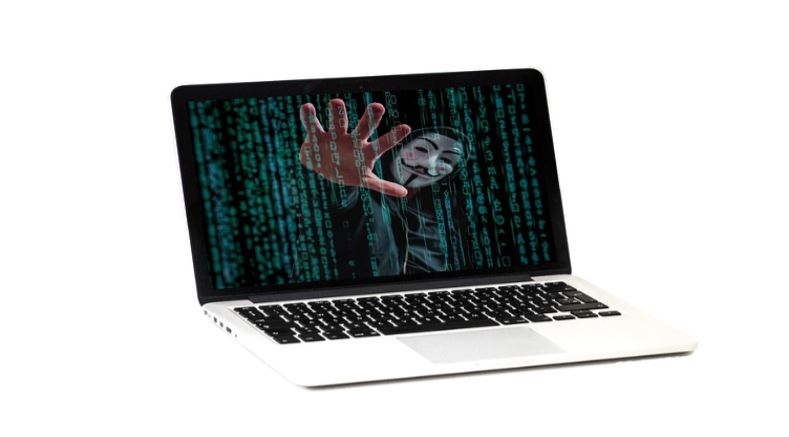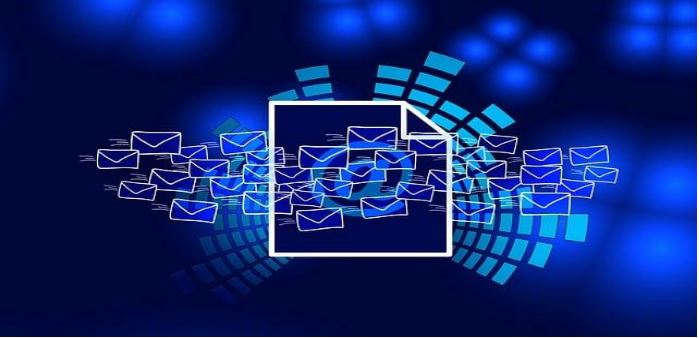FAQs
Q: What should I do if I press on an interface in a phishing email?
A: Don’t panic! Disconnect your computer, scan for malware, change passwords, report phishing, and call a technician if needed.
Q: Strong passwords are hard!
A: Mix it up (uppercase, lowercase, numbers, symbols), keep it unique (don’t reuse!), and go long (12+ characters). Password managers can help!
Q: My inbox is a phishing swamp!
A: Activate spam filters, be wary of unknown senders, avoid shady subscriptions, and unsubscribe cautiously.
Q: Attachment red flags?
A: Unexpected attachments, generic filenames, or weird file extensions (.exe, .scr) are trouble signs. When in doubt, toss it out!
Phishing Defense As a computer repair pro, I’ve seen firsthand the hurt phishing traps can cause. Phishing traps are like online calculating endeavors – they trap you in a trap and at that point take your assets. These questionable emails can influence people to give missing person information, driving to budgetary bother, character burglary, and shocking malware that sullies your computer. But fear not! This article will provide you with the data and devices you require to spot these traps and keep yourself and your computer safe.

Understanding Phishing Emails
Phishing emails are elusive! They can see that they’re from someone you accept, like your bank, credit card company, social media arrange, or undoubtedly a companion. But they’re reasonable fakes endeavoring to take your information. They commonly utilize methodologies like:
- Creating a Sense of Criticalness: Phishers might force you to act quickly to keep up a vital remove from account suspension or resolve an essential issue.
- Offering Baiting Rewards: A few emails draw casualties with guarantees of free favors, discounts, or bequest claims.
- Containing Suspicious Associations or Joins: Clicking on these components can download malware onto your computer or redirect you to a fake location arranged to take your information
Here’s the pushing parcel: Phishing emails can target anyone, regardless of specialized capacity. Scammers continuously refine their methodologies, so remaining taught and attentive is key.

Spear Phishing
Spear Phishing Spear phishing Imagine a personalized phishing ambush. Scammers do their homework, centering on you by title, saying your company, or referencing an afterward purchase. Extra dangerous, so be on tall caution! Scammers examine their casualties already, personalizing the mail substance to increase its reasonability. For the event, a stick phishing email might:
- Address you by title and indicate your company or position.
- Reference an afterward purchase or event you made.
- Use a commonplace email address or space title with slight alterations to appear legitimate.
Spear phishing can be particularly deluding as these emails routinely appear more substantial than common phishing attempts.

Spotting the Phishing Red Flags
While phishing emails can be advanced, there are caution signs to watch out for:
- Generic welcome: Genuine blue businesses customarily address you by name.
- Poor grammar and spelling: Capable companies contribute to fitting communication. Typos and syntactic goofs can illustrate a scam.
- Suspicious sender addresses: Scrutinize the sender’s mail address. Minor assortments in a known company’s address can be a reddish flag.
- Urgency or perils: Emails obliging you to act immediately or caution if frantic comes about are routinely phishing attempts.
- Requests for personal information: True companies at times inquire about sensitive information through email. Never share your watchword, credit card number, or Social Security number through email.
- Unfamiliar associations or joins: Do not open associations or press on joins in emails from cloud senders. Float over the interface to see the genuine URL a few times as of late clicking.
Here’s a technician’s tip: If an email shows up suspicious, come up short on the side of caution. Do not bolt in with it.
Taking Action Against Phishing Emails
If you suspect a phishing mail, take these steps:
- Do not tap on any joins or open attachments.
- Do not reply to the email. Replying confirms your mail address is significant, making you a target for future scams.
- Forward the mail to your mail provider as a phishing endeavor. Most mail providers have highlights to report phishing emails.
- Delete the email from your inbox.
Here are a few additional tips from a computer technician’s perspective:
- Use strong, extraordinary passwords for all your online accounts. Watchword administrators can streamline this process.
- Enable two-factor confirmation (2FA) for your online accounts. 2FA incorporates an extra layer of security by requiring a minute affirmation step amid login.
- Keep your computer program and working system up to date. Overhauls regularly join security patches that can offer help guarantee against phishing attacks and malware infections.
- Be attentive to unexpected emails, undoubtedly from clearly commonplace senders.
- Educate yourself and others about phishing scams.

Takeaways:
- Phishing emails are a vital threat that can result in budgetary hardship, identity burglary, and malware contamination on your computer
- Spear phishing ambushes are more centered on and can be more troublesome to recognize due to their personalized nature.
- By recognizing the rosy pennants and taking security measures, you can diminish your chance of falling victim to a phishing trap and guarantee your computer.
Here are a few additional resources to learn more about phishing: Anti-Phishing Working Bunch:
- https://apwg.org/reportphishing/ Federal Trade Commission
- Federal Trade Commission: https://en.wikipedia.org/wiki/Phishing
